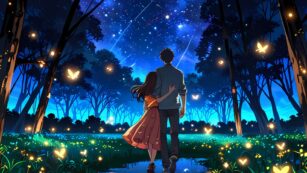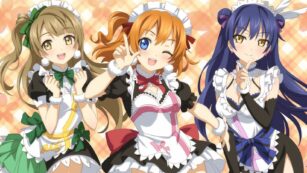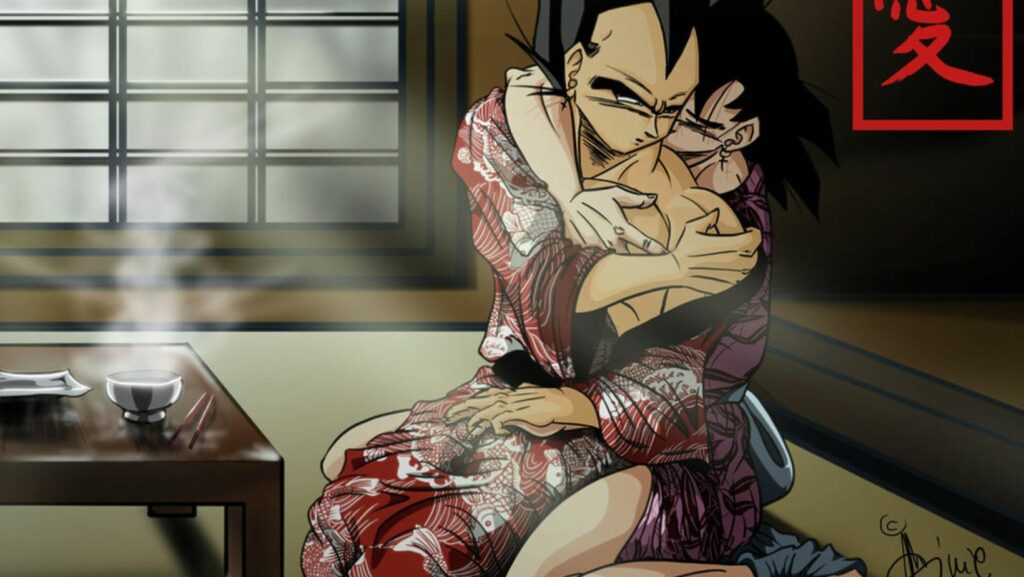Japanese culture and anime have become inseparable over the years, captivating audiences worldwide with their unique blend of storytelling, art, and tradition. Anime, with its vibrant visuals and compelling narratives, offers a window into Japan’s rich cultural tapestry, from ancient folklore to modern societal themes. It’s not just entertainment; it’s a cultural phenomenon that reflects the values, struggles, and dreams of its creators.
As anime continues to gain global popularity, it serves as a bridge connecting diverse cultures, sparking curiosity about Japan’s traditions and way of life. Whether it’s the intricate details of a kimono-clad character or the philosophical musings of a futuristic setting, anime provides insight into the Japanese way of thinking and living. This fusion of culture and animation not only entertains but also educates, inviting viewers to explore a world where imagination and reality beautifully intertwine.
Japanese Culture Anime
 Japanese culture anime showcases deep-rooted traditions and societal norms. Iconic titles such as “Spirited Away” and “My Neighbor Totoro” by Studio Ghibli highlight themes like family, nature, and spirituality. These films blend mythical elements with everyday life, offering viewers a glimpse into Japan’s spiritual beliefs and environmental respect.
Japanese culture anime showcases deep-rooted traditions and societal norms. Iconic titles such as “Spirited Away” and “My Neighbor Totoro” by Studio Ghibli highlight themes like family, nature, and spirituality. These films blend mythical elements with everyday life, offering viewers a glimpse into Japan’s spiritual beliefs and environmental respect.
Characters often embody moral values and cultural archetypes. In “Naruto,” themes of perseverance and camaraderie resonate with Confucian virtues. The protagonist’s journey reflects personal growth and societal contribution, emphasizing commitment to community.
Settings in anime reflect diverse aspects of Japanese life. “Attack on Titan” features architectural designs inspired by historical Japan, while “Your Name” highlights both urban Tokyo and rural landscapes. These settings offer dual perspectives on Japan’s modernity and tradition.
Anime festivals and traditions offer insight into Japanese culture. “Summer Wars” and “Clannad” feature matsuri (festivals) and school events, illustrating community bonding and seasonal celebrations. Such depictions educate viewers about customs and communal life rhythm.
Anime incorporates language and symbols vital to Japanese identity. Titles like “Death Note” explore ideograms and moral dilemmas, adding cultural depth. Dialogue often includes honorifics and expressions unique to Japanese interactions, enriching linguistic understanding.
Through its storytelling, anime serves as a cultural emissary. It introduces audiences to historical moments, societal challenges, and individual experiences, crafting a lasting global appreciation for Japanese heritage.
Historical Context of Anime
Anime has deep roots in Japanese culture, reflecting historical influences and societal evolution. Its development from traditional art forms has captivated audiences worldwide.
Origins of Anime in Japan
Anime originated from 20th-century Japanese artistic traditions and early cinematic techniques. The first known anime film, “Namakura Gatana,” appeared in 1917, showcasing short animations that echoed traditional woodblock prints. Influenced by Western animation and storytelling, Japanese artists began crafting unique works. Osamu Tezuka, known as the “God of Manga,” played a significant role in shaping modern anime with his creation “Astro Boy” in 1963; this series introduced innovative character designs and narrative styles that set the stage for anime’s global appeal.
Evolution Over the Decades
 Over the decades, anime evolved in style and content, reflecting Japan’s changing societal landscape. During the 1960s and 1970s, anime like “Space Battleship Yamato” and “Lupin III” merged science fiction with adventure, appealing to both domestic and international audiences. The 1980s saw technological advancements that allowed for greater artistic expression, as seen in “Akira” and “Dragon Ball,” both of which expanded the reach of anime to a broader audience. In the 1990s, series like “Sailor Moon” and “Neon Genesis Evangelion” explored themes of identity and personal growth, resonating with the changing cultural climate. The digital age brought more accessibility, with anime increasingly available on streaming platforms, solidifying its place as a cornerstone of global pop culture.
Over the decades, anime evolved in style and content, reflecting Japan’s changing societal landscape. During the 1960s and 1970s, anime like “Space Battleship Yamato” and “Lupin III” merged science fiction with adventure, appealing to both domestic and international audiences. The 1980s saw technological advancements that allowed for greater artistic expression, as seen in “Akira” and “Dragon Ball,” both of which expanded the reach of anime to a broader audience. In the 1990s, series like “Sailor Moon” and “Neon Genesis Evangelion” explored themes of identity and personal growth, resonating with the changing cultural climate. The digital age brought more accessibility, with anime increasingly available on streaming platforms, solidifying its place as a cornerstone of global pop culture.
Cultural Themes in Anime
Anime serves as a dynamic medium reflecting the nuanced cultural themes of Japanese society. Through its narratives, anime captures the essence of both traditional values and modern societal dynamics.
Traditional Japanese Values
Anime often highlights traditional Japanese values, infusing stories with themes of respect, family, and spirituality. Works like “Spirited Away” showcase these elements through characters navigating otherworldly realms while adhering to cultural norms. Respect for nature is another prevalent theme, often portrayed in animé such as “Princess Mononoke,” where environmental harmony takes center stage. These narratives preserve and transmit cultural values, offering a window into Japan’s philosophical and ethical frameworks.

